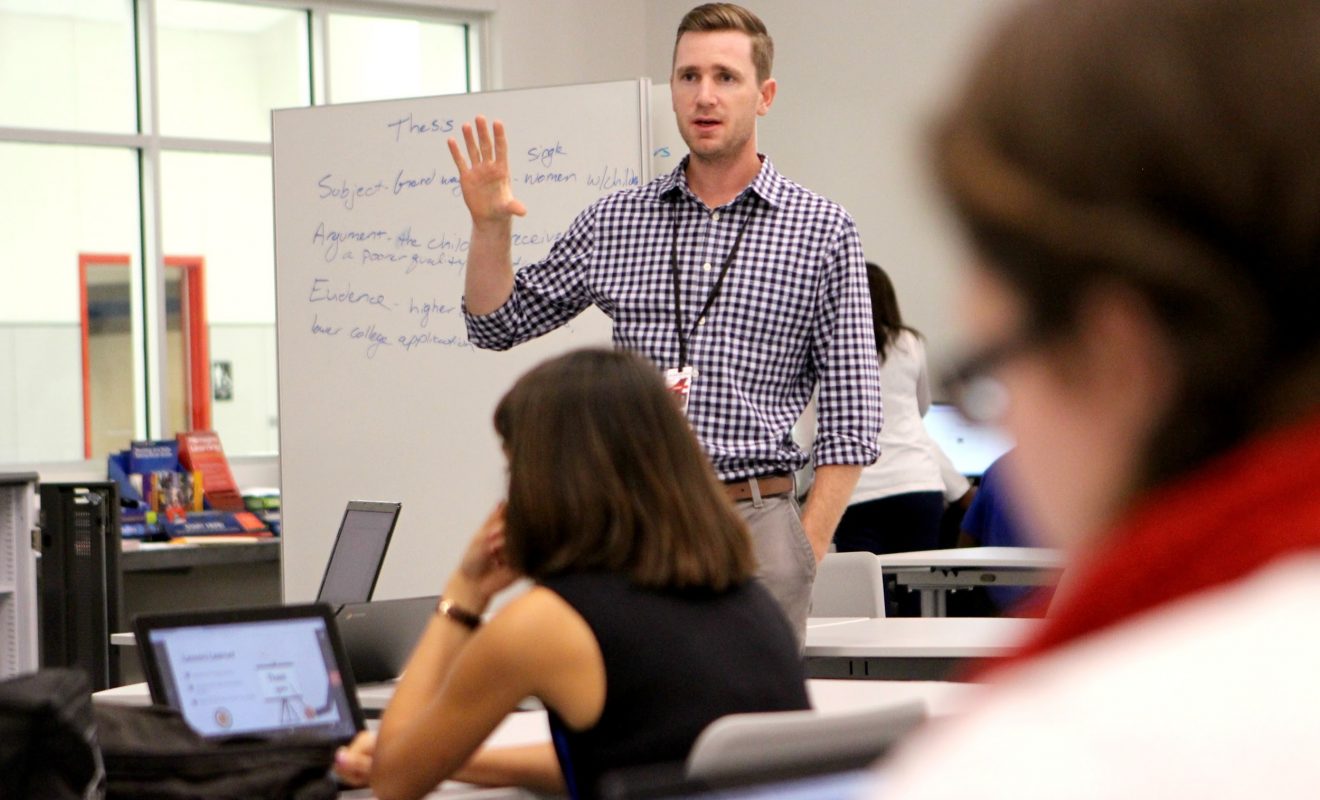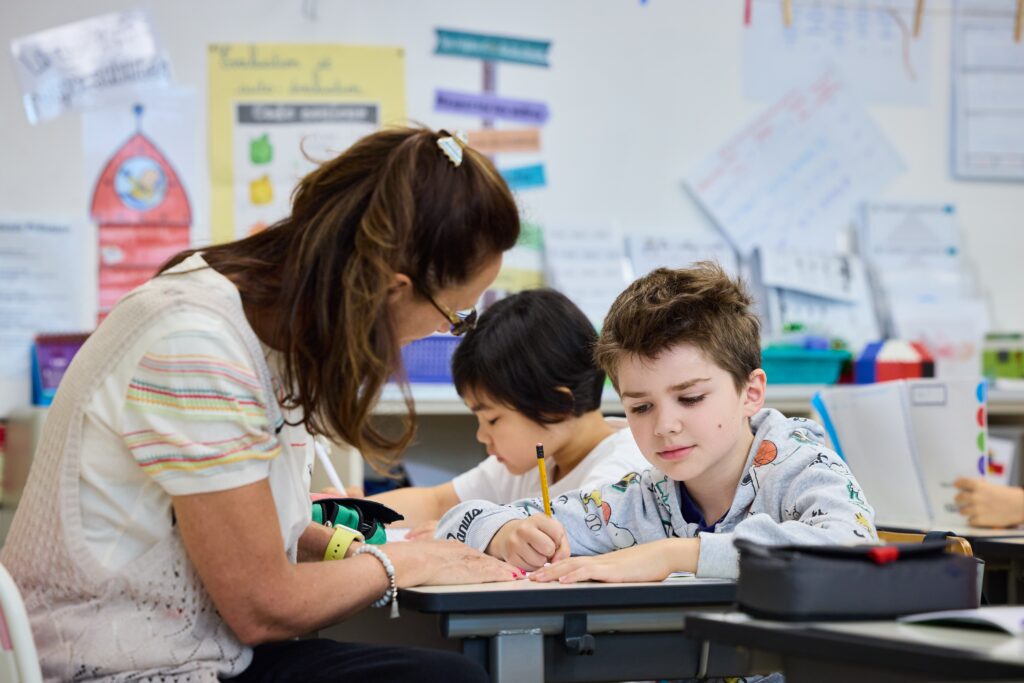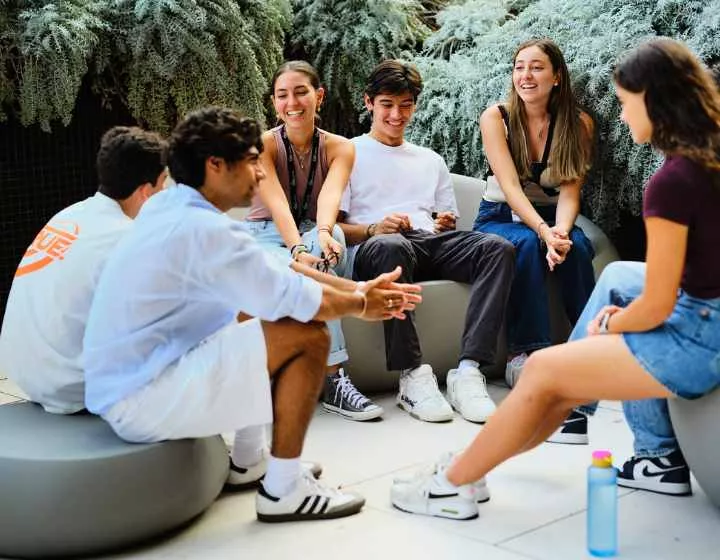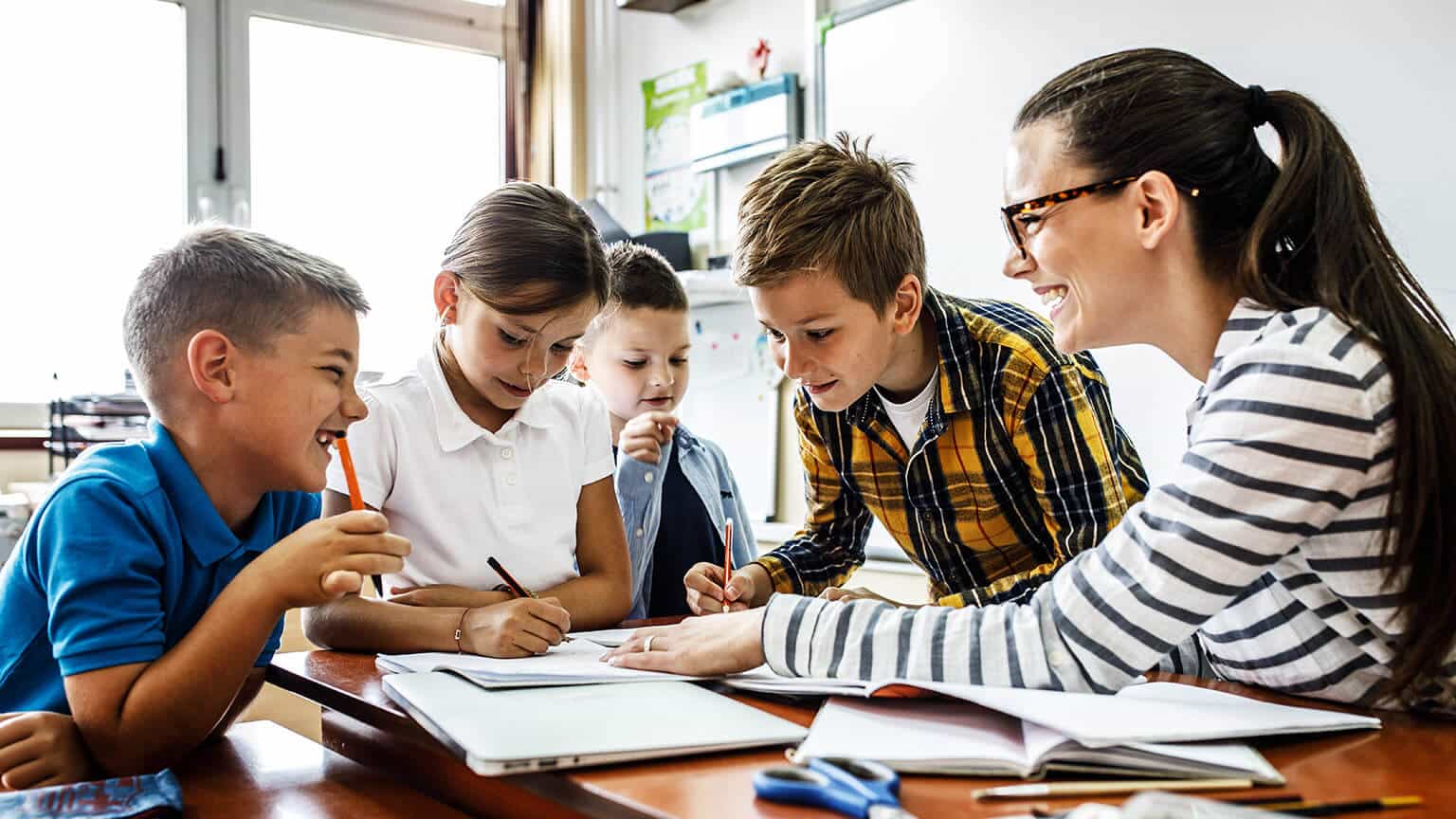In today’s world, where information is presented in a multitude of ways, visual learning has taken on unprecedented relevance in education. With the increasing adoption of technology in the classroom and the diversity of teaching methods, it has become crucial to understand how learning through images, graphics, and visualizations can positively impact knowledge assimilation. This approach not only facilitates the understanding of complex concepts but also promotes a more dynamic and engaging environment for students.

This article will delve into the various aspects of visual learning and its benefits for academic success. Throughout the text, we will discuss how visual techniques can serve as effective tools to improve information retention, stimulate creativity, and foster more engaging learning. We will also explore concrete practices that educators and students can implement to make the most of this learning style and how making knowledge visible can transform traditional education.
The importance of visual learning in modern education
Visual learning is based on the premise that many people process information more effectively when it is presented in a visual format. This phenomenon is because humans are highly visual beings; in fact, studies show that approximately 83% of the information we process is visual. In an educational context, this means that images, videos, and concept maps can be powerful tools to facilitate comprehension and memory.
Furthermore, visual learning adapts perfectly to today’s realities, where students are constantly exposed to visual stimuli through digital media. Screens, infographics, and interactive presentations are ubiquitous elements of everyday life, and integrating them into the classroom can help educators capture students’ attention more effectively. In this way, visual learning becomes a crucial element in teaching strategies, allowing educators to adapt to their students’ preferences and needs.
Benefits of visual learning for information retention
One of the most significant benefits of visual learning is its ability to improve information retention. By using visual elements, students can create stronger mental connections between learned concepts. For example, when a complex topic is represented through diagrams or graphs, students can associate information with images, which facilitates comprehension and recall.
The association between visual and verbal aspects also plays a fundamental role. By observing images or graphics, students can recall information simply by evoking the accompanying mental image. Thus, learning becomes a more integrative process, where the different senses collaborate in the assimilation of knowledge. This is also especially useful for students with learning disabilities or who have different learning styles, as the use of visual resources can compensate for their difficulties with verbal or textual content.
Promoting creativity and critical thinking
Visual learning isn’t just limited to comprehension and retention; it’s also a catalyst for creativity. Incorporating visuals into the classroom can inspire students to think outside the box and express their ideas in innovative ways. For example, using diagrams, drawings, and mind maps allows students to express their thoughts graphically, which can lead to new connections and ideas that wouldn’t have emerged in a more traditional setting.
Furthermore, the process of creating visuals encourages critical thinking by forcing students to evaluate information and decide how best to represent it. This activity not only reinforces learning but also provides analytical skills that will be valuable in their future professional lives. By learning to question and argue about the quality of their visual representations, students develop a sense of autonomy and confidence in their ability to communicate ideas.
Effective visual learning techniques in the classroom
Implementing visual learning in the classroom doesn’t require extensive resources; instead, there are simple techniques educators can apply. One of these is the use of concept maps , which help students organize their thoughts and visualize the relationships between different concepts. This method allows for a clearer review and deeper analysis of the material learned.
Another effective technique is creating infographics and posters. This practice not only stimulates students’ creativity but also offers them the opportunity to research and synthesize information in an engaging and concise format. Students can present their infographics to the class, providing them with experience in communication and presentation skills, as well as the opportunity to learn from their peers.
Finally, the use of multimedia resources, such as educational videos or graphic simulations, can broaden understanding of topics. These resources are often more dynamic and can be adapted to different levels of understanding, which is particularly valuable in classrooms with diverse abilities. By integrating these elements into the teaching process, educators can offer a richer and more engaging experience for all students.
Visual learning challenges and how to overcome them
While visual learning offers numerous benefits, it also presents challenges. One of the main problems is visual information overload, which can lead to confusion rather than facilitating understanding. It is important for educators to carefully select the images and graphics they use, ensuring they are relevant and add value to the content. Clarity should be a priority, and avoiding unnecessary visual elements will help students stay focused.
Another challenge is the variability in students’ learning styles. Some students may find visual learning less effective due to their preferences, underscoring the importance of a balanced approach in the classroom. Educators should strive to combine visual learning with other methods, such as auditory and kinesthetic learning, to create an environment that serves all learning styles. By doing so, they can ensure that all students have the opportunity to thrive and reach their full potential.
The future of visual learning in education
With the continued advancement of technology, visual learning will continue to evolve and offer new opportunities to enhance education. Augmented reality and virtual reality are examples of emerging tools that promise to redefine our educational experiences. These technologies allow students to interact with content in ways never before possible, providing them with immersive experiences that can enrich their understanding and appreciation for learning.
Furthermore, artificial intelligence and machine learning are beginning to play a role in personalizing visual learning. As these technologies are integrated into educational platforms, students will be able to receive visual recommendations tailored to their preferences and needs, creating a more individualized and effective approach to learning.
Conclusion Educational transformation through visual learning
Visual learning is a powerful approach that can transform education as we know it. Its benefits in information retention, fostering creativity, and developing critical thinking are evident and fundamental to academic success. Through effective techniques and tailored resources, educators can incorporate this learning style into their classrooms, creating more dynamic and engaging spaces.
As we continue to explore the impact of technology on education, it is crucial not only to adopt innovative teaching methods but also to recognize the diversity of learning styles among students. By doing so, we not only prepare our students for the challenges of modern education but also provide them with the tools they need to be critical and creative thinkers in a rapidly evolving world.










